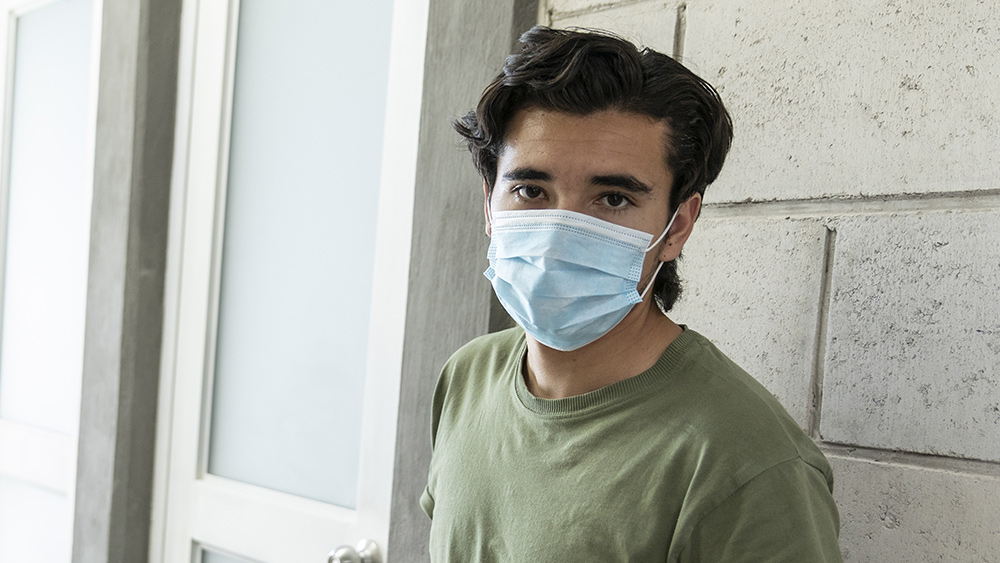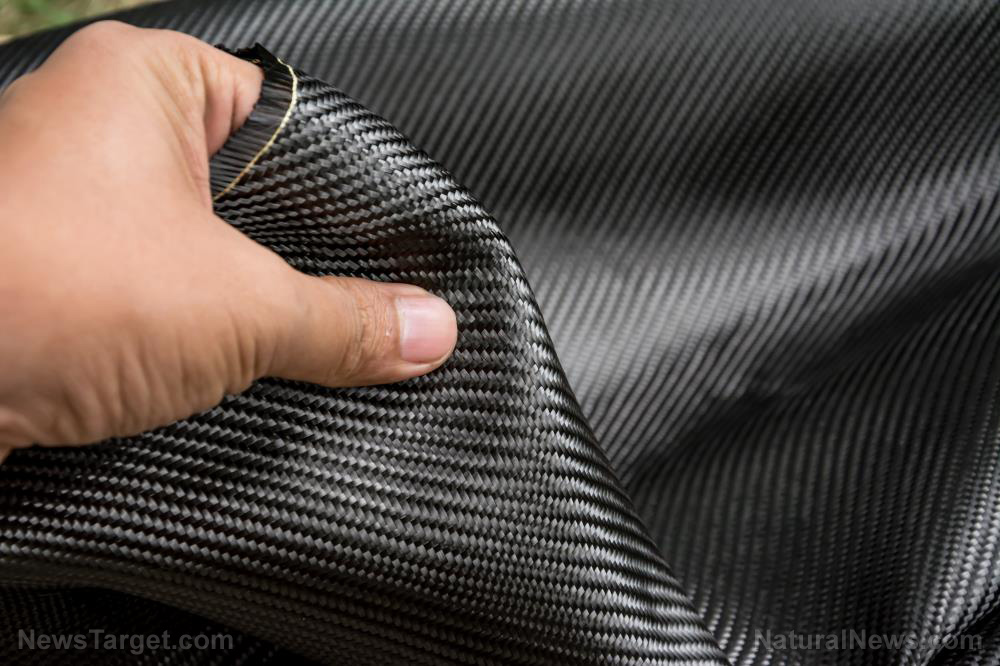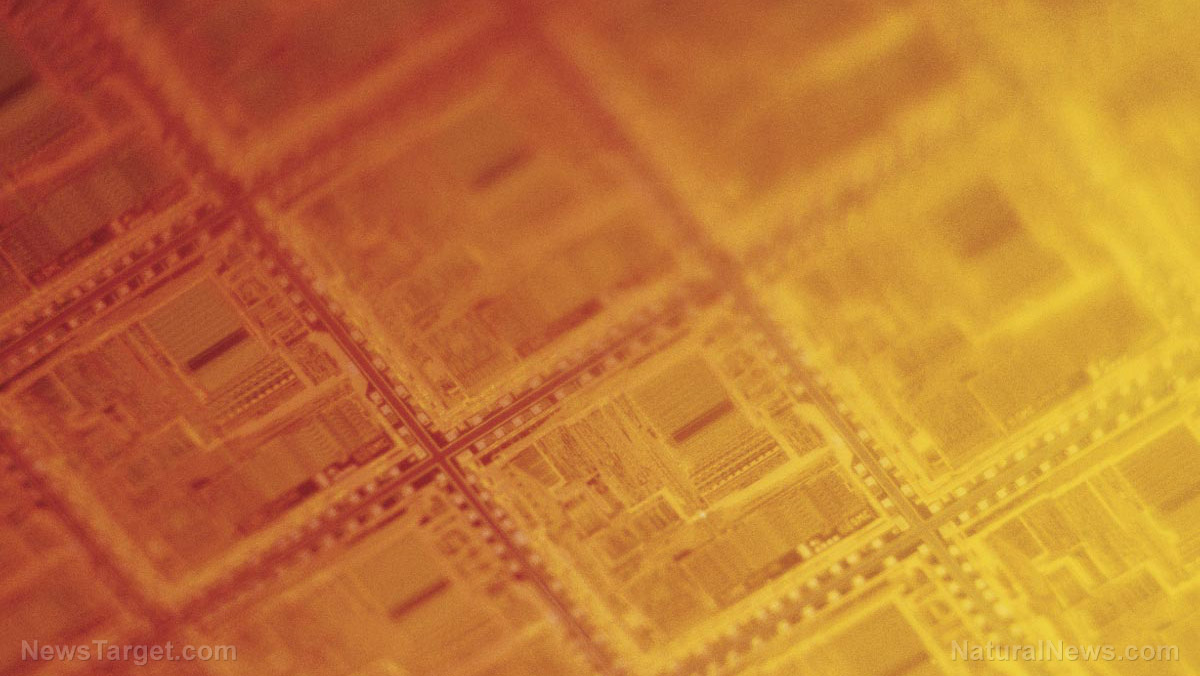Your smartphone camera could soon allow health practitioners to identify antibiotic-resistant bacteria
06/02/2020 / By Michael Alexander

Smartphone cameras may soon become the latest weapon against dangerous pathogens, a team of Australian scientists suggest.
In a study published in the academic journal Sensors and Actuators B: Chemical, researchers from Macquarie University and the University of New South Wales unveiled a new device that can be used to confirm the presence of Staphylococcus aureus, or golden staph.
The device — composed of a mobile phone and ultra-tiny semiconductor particles known as quantum dots ?– will be used to identify the presence of golden staph in a patient sample, as well as determine if the microbe will respond to frontline medication.
A dangerous pathogen, S. aureus is linked to several serious ?– and sometimes fatal — conditions such as pneumonia and heart valve infections. Of particular concern among the medical community is a strain known as methicillin-resistant S. aureus, or MRSA. This strain, according to medical experts, has evolved to resist standard antibiotics.
Current statistics, the researchers said in their study, point to antimicrobial resistance — such as the one exhibited by MRSA ?– as the cause of an estimated 700,000 deaths globally.
This means that rapid identification of MRSA is an essential factor when it comes to effective treatment. According to the researchers, however, identifying the pathogen has remained a challenging endeavor, even in the most well-equipped hospitals.
But that could soon change.
“Our team is using synthetic biology and nanobiotechnology to address biomedical challenges,” said Anwar Sunna, a researcher from Macquarie’s Department of Molecular Sciences and the Biomolecular Discovery and Design Research Centre. (Related: Are antibiotic residues and fecal pollution responsible for the increased level of antibiotic-resistant bacteria in the environment?)
The researchers first identified the specific bacterial strain by using a technique called convective polymerase chain reaction or cPCR, a method that involves copying a small segment of DNA thousands of times, thus resulting in the creation of several samples that are suitable for testing.
These samples were then subjected to a process known as lateral flow immunoassay, a paper-based diagnostic tool that is used to confirm either the presence or absence of a specific biomarker.
The researchers, led by Vinoth Kumar Rajendran of Macquarie’s Department of Molecular Sciences, then used probes fitted with quantum dots to detect two unique genes that confirm the presence of methicillin resistance in golden staph, in this case, mecA and femA.
The mecA gene is responsible for methicillin-resistance, while the femA gene allows identification of the causative organism.
This is where the mobile phone comes into play.
A chemical added to the DNA during the cPCR stage makes the sample fluoresent once the genes are detected by the quantum dots — a reaction that the researchers said can be easily captured using a mobile phone’s built-in camera.
According to the researchers, the new system could identify antibiotic resistance in the samples in just 40 minutes.
Although currently still at the proof-of-concept stage, the researchers say that because of the relative accessibility of mobile phones on the market, their system is suitable for rapid detection in various environments outside centralized laboratories.
“We can see this being used easily not only in hospitals but also in GP clinics and at patient bedsides,” Rajendran said.
To learn more about golden staph and other antibiotic-resistant microbes, visit Superbugs.news.
Sources include:
Tagged Under: antibiotic-resistant bacteria, Antibiotics, Big Pharma, biotechnology, devices, future science, golden staph, mobile phones, pathogens, research, smartphone camera, Smartphones, superbugs
RECENT NEWS & ARTICLES
COPYRIGHT © 2017 REAL SCIENCE NEWS



















